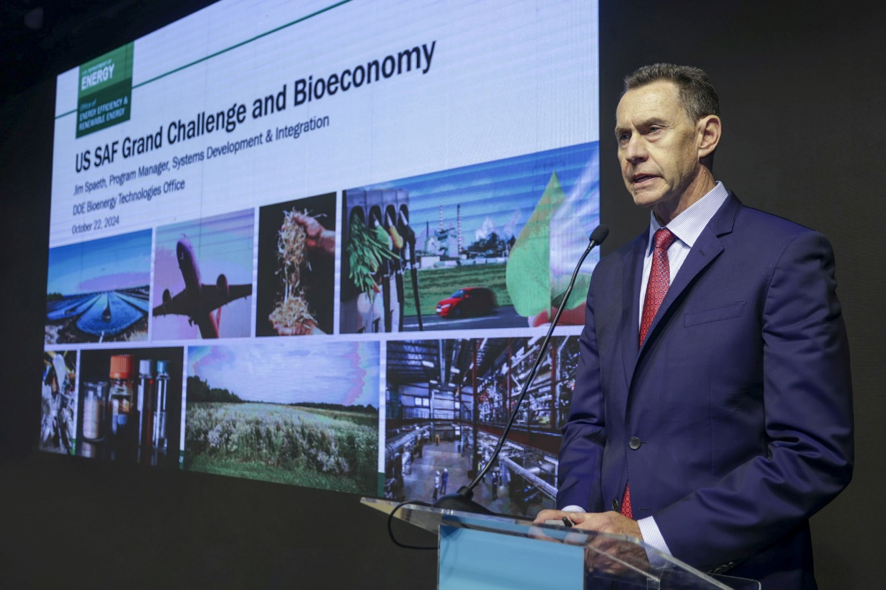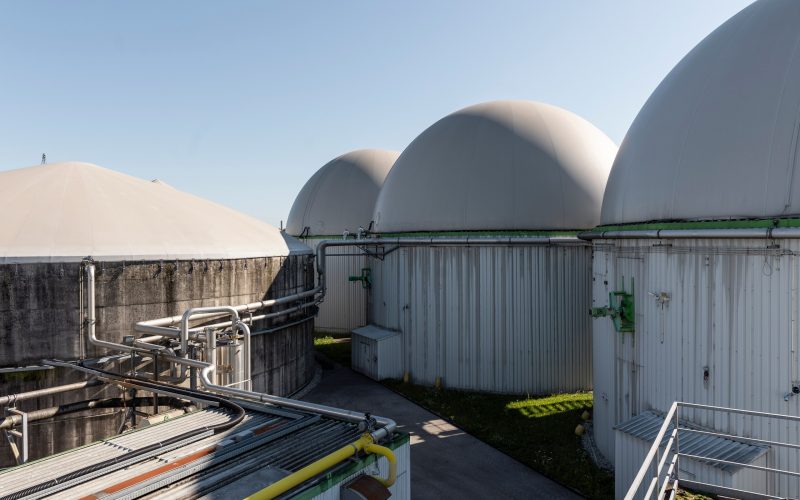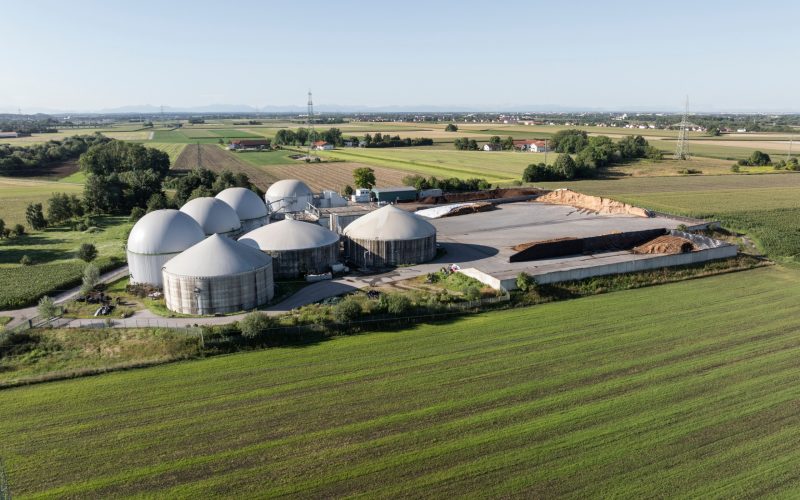USA: 35 billion gallons of sustainable aviation fuels and 1 million jobs in 2050
The country aims to replace 100% of its domestic aviation fuels consumption with SAF by 2050. For the SAF platform, we prepared an article on the prospects for sustainable aviation fuel (SAF) in the United States.
The United States could reach, by 2030, a production of 3 billion gallons (about 11.3 billion litres) of sustainable aviation fuels (SAF) for the airline sector based on announced production facilities which range from approximately 2.4 billion gallons to almost 5 billion gallons.

In the first six months of this year, the United States has already produced or imported 50 million gallons (approximately 189.2 million litres) of SAF. This is equivalent to 300 thousand metric tons of greenhouse gas emissions avoided.
Prospects
Based on a recently updated study by the US Department of Energy, the country could produce more than 1.5 billion tonnes of biomass, which would generate more than 60 billion gallons of biofuels. With this, the reduction of greenhouse gas (GHG) emissions will reach 450 million metric tonnes. In addition, it will create 1 million jobs by 2050.
SAF is an integral part of the US government’s objectives with regard to the energy transition
Transport is a key sector to decarbonize
In the United States, transport produces the most greenhouse gas emissions. That’s why the Joe Biden administration launched the SAF Grand Challenge in September 2021.
“Initially, the idea was to reduce greenhouse gases from aviation emissions by 50%. But we want to go well beyond that. This will be possible by encompassing several measures, including improvements in operation, in aircraft design, and on the ground”, — says Jim Spaeth, a representative of the US Department of Energy.

This is a significant challenge for the country: the targeted 35 billion gallons (approximately 132.4 billion litres) of SAF in 2050 require more than half a billion tons of biomass per year. Eight government agencies are currently collaborating towards this objective, including NASA, the Department of Defense, the Department of Agriculture and the Department of Energy. And the Federal Aviation Administration, which is part of the Department of Transportation, has been leading initiatives for aviation.
The Department of Agriculture is focused on mobilizing the necessary raw materials. The Department of Energy is dedicated to making the best use of this raw material, and how to store it, how to process it after it leaves the field and, in particular, technologies for converting the raw materials into SAF.
USA has many raw materials that can serve as the basis for sustainable biofuels, as the country is continental and has a variety of different climates and soils – from crops such as corn and soybeans, and associated residues, to wood residues in southern and northern forests. But the development of the SAF supply chains also requires improvements in efficiency and costs of conversion technologies.
Read the full material on the SAF platform.
We remind you that UABIO is a partner of the Sustainable agribusiness platform (SAF).
SAF is a communication platform that brings together agribusiness stakeholders and aims to establish strong links between market players and introduce sustainable approaches in agriculture. For this platform, our team prepares verified professional content on the bioenergy sector.


